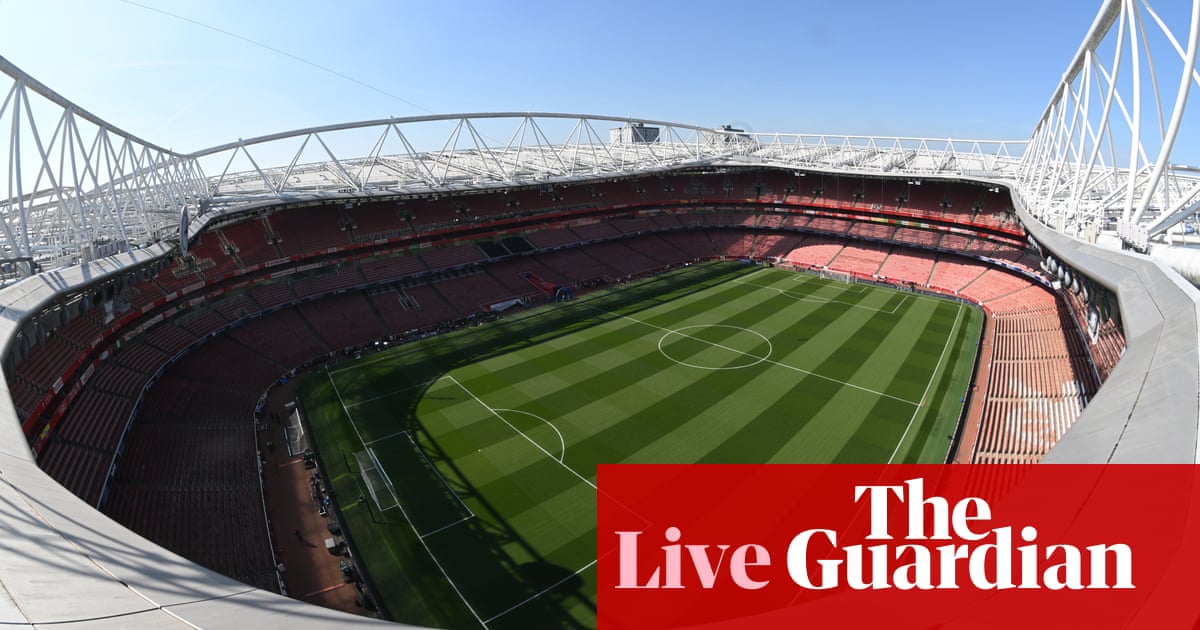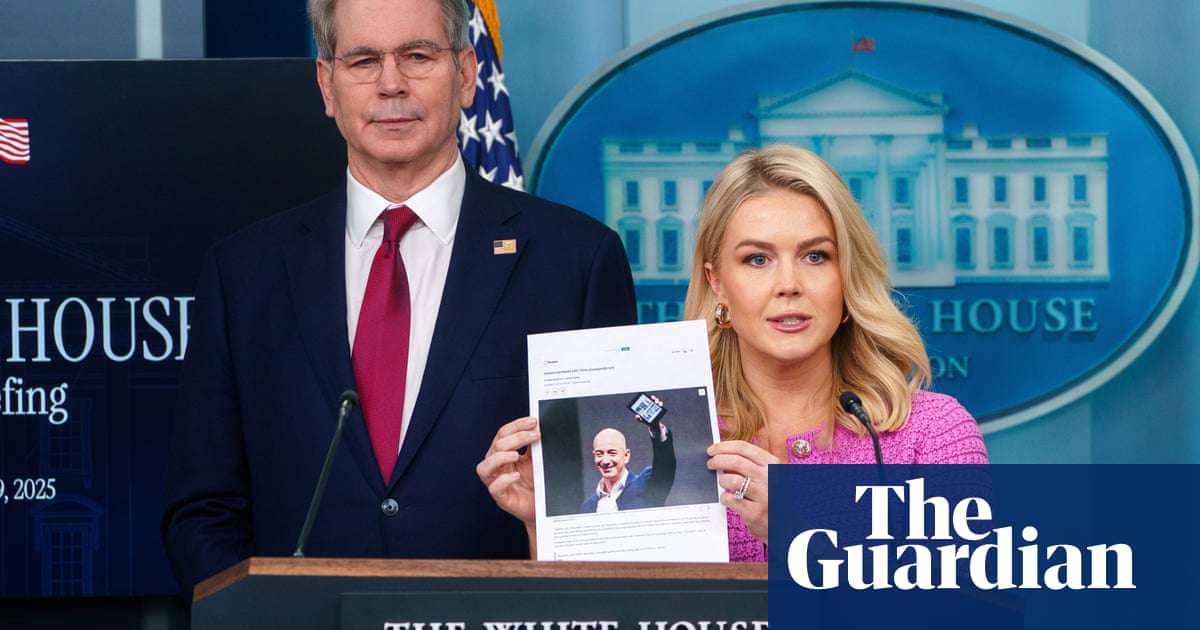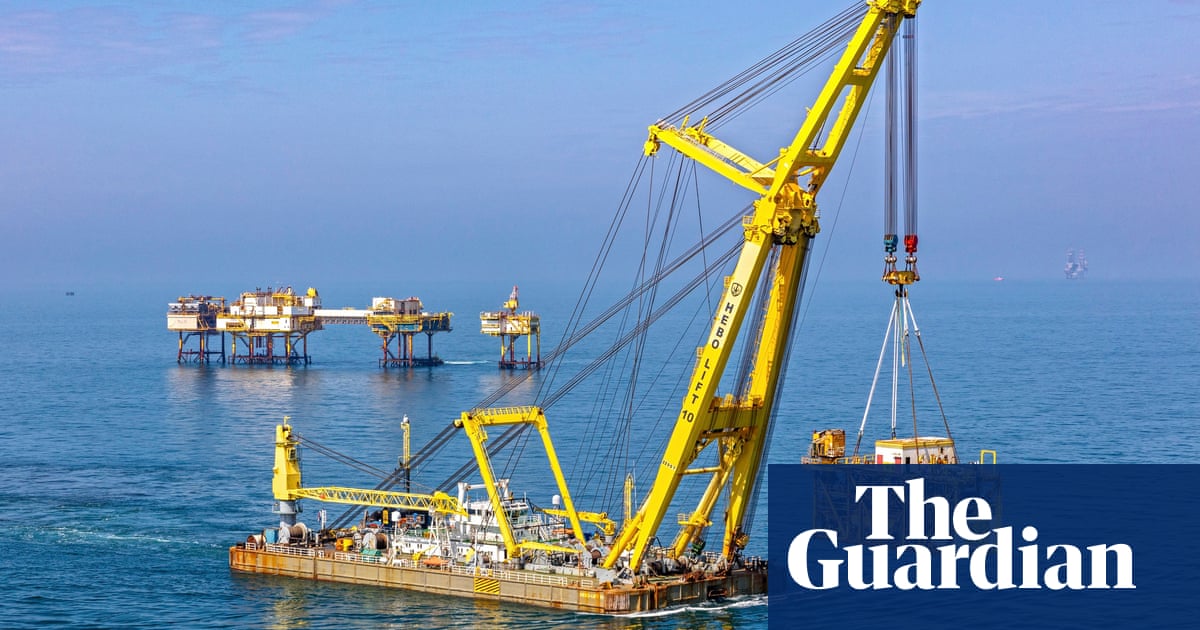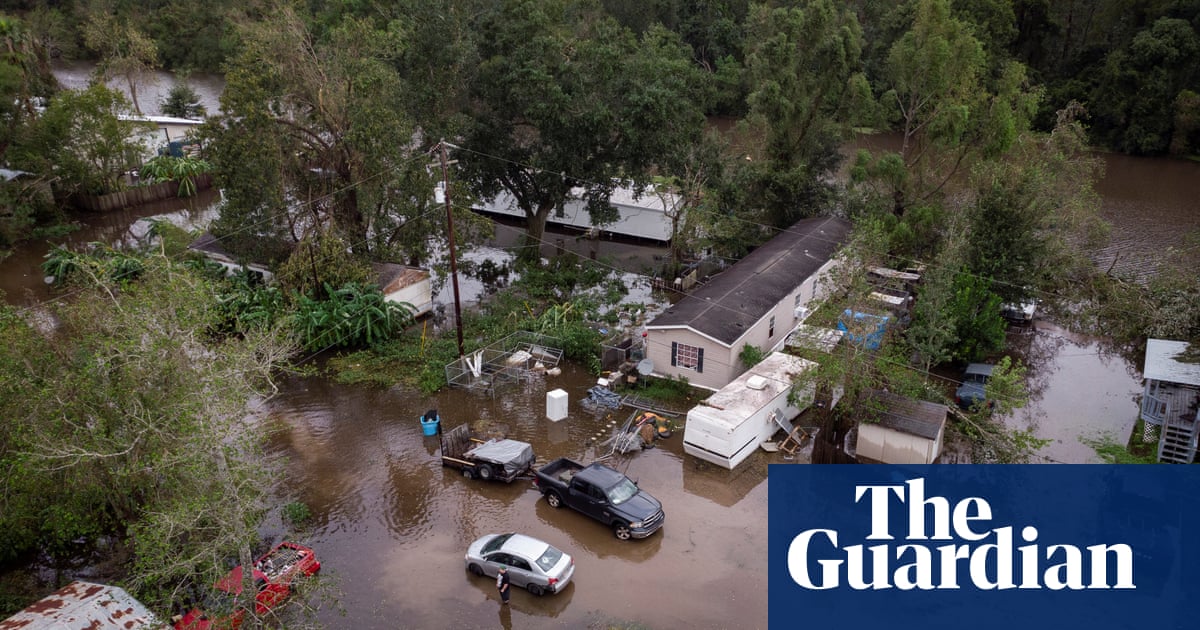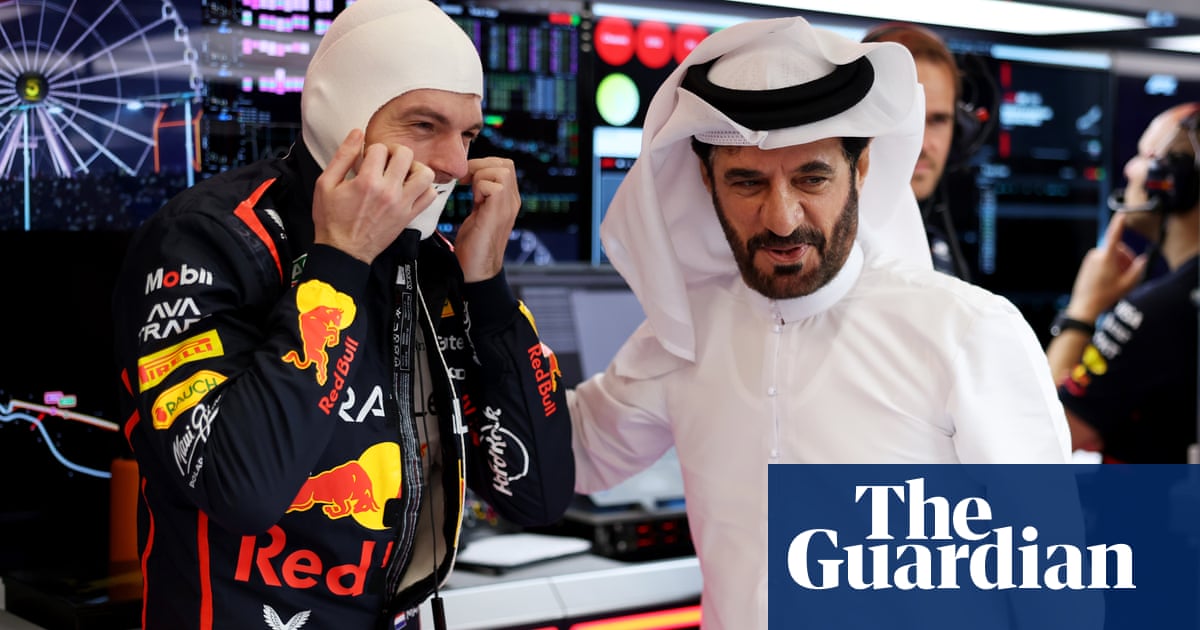“Pulling up the ladder after you’ve climbed it” refers to a familiar social pattern: achieving success thanks to certain advantages – then working to dismantle those very structures, denying others the same opportunities. Many have cited immigrant Trump voters as an example; some who have benefited from relatively open immigration policies now advocate for stricter border controls and cuts to legal immigration. The American upper middle class have been dubbed “dream hoarders” who, after achieving success, work to keep the bottom 80% down with a variety of subtle barriers, such as legacy college admissions and exclusionary zoning.
Few individuals embody ladder-pulling more starkly than Elon Musk. Though he has been lauded as a self-made innovator and visionary entrepreneur, Musk’s empire only exists thanks to the support of massive public investment. Yet as leader of the “department of government efficiency” (Doge), he has directed and overseen the dismantling of the very government programs, regulations and subsidies that enabled his rise.
Musk’s companies, particularly Tesla, SpaceX, and SolarCity, have benefited from an estimated $38bn in public support, including government loans, tax credits, and federal contracts. In 2010, Tesla received a $465m low-interest loan from the Department of Energy’s Advanced Technology Vehicles Manufacturing (ATVM) program. That funding was critical to keeping Tesla alive – without it, insiders later told the Washington Post, the company would have gone under. The success of Tesla’s flagship Model S, the expansion of its manufacturing base, and even the illusion of its early profitability were all bolstered by public money.
Zero-emission vehicle credits and the $7,500 federal EV tax credit were equally pivotal. Tesla earned billions by selling regulatory credits to legacy automakers struggling to meet emissions standards. In the first nine months of 2024 alone, 43% of Tesla’s net income came from these credits. The company also profited from California’s emissions credit system through a scheme involving phantom battery-swapping infrastructure – credits that provided hundreds of millions in additional income.
Despite this, Musk now derides subsidies and regulations as government overreach and has used Doge to slash many of the same types of programs – such as renewable energy incentives and federal climate investments – that once saved his own companies from bankruptcy. These were essential to Tesla’s success, and now he wants to limit other entrepreneurs and businesses from the same opportunities.
While Musk claims he aims to eliminate “waste”, his companies continue to benefit from government contracts. SpaceX has received more than $17bn in federal awards since 2015, including lucrative Nasa contracts and taxpayer-funded Starlink deployments in Ukraine. The irony could not be more profound: Musk attacks the legitimacy of public spending even as his empire remains one of its top beneficiaries.
The craven self-interest that drives this behavior is particularly on display when considering Musk’s newfound advocacy for policy built on climate denial. Tesla was conceived in the shadow of climate change – and succeeded largely because US federal and state governments treated climate as an emergency. Regulatory frameworks created demand for EVs. Emissions credit markets made Tesla profitable. Yet Musk has now aligned himself with climate deniers like Vivek Ramaswamy and Donald Trump, dismissed environmental, social and governance (ESG) concerns as “the devil”, and supported deregulation plans that could allow polluting industries to ignore environmental rules altogether and make it harder for other EV companies to grow. This is not just hypocrisy – it’s a calculated repositioning: he made his fortune as a climate-focused entrepreneur, and now he aims to protect his personal and political power through climate skepticism.
Elon Musk did not succeed in a vacuum. In America, we are inclined to celebrate the heroic individual entrepreneur while ignoring – and even downplaying – that massive public support was the foundation of their success. Consider the iPhone: nearly all of its core technologies, from GPS and touchscreen displays to the internet itself, were publicly funded. Covid vaccines and the pharmaceutical industry, too, have relied heavily on NIH-funded research.
And yet, Musk, Steve Jobs, and other tech titans are cast as heroic innovators, while the state is derided as inefficient or meddlesome – even as it continues to underwrite the very innovations that fuel the economy. Further, while the risks of developing these innovations are mitigated by public funding, the profits they create are almost entirely privatized. If American taxpayers had taken equity in Tesla for their $465m investment, it is estimated such a stake would be worth over $300bn today. Instead, it is Musk alone who has enjoyed such wealth.
To deny that is to erase the role of taxpayers, government scientists, and policy architects who built the foundation upon which Tesla, SpaceX and many innovative industries rest. But Musk’s recent efforts – whether gutting climate policy, leading anti-regulatory initiatives, or supporting anti-democratic actors – represent not just a betrayal of that legacy, but a systemic effort to pull up the ladder and rewrite the rules to benefit only himself.
Ultimately Musk’s story is a warning: those who climb the ladder with public help are inclined to later destroy the mechanisms that led to their success. For Musk to admit that he had substantial help to become the world’s richest man would undermine the lone genius narrative that has granted him astonishing power with impunity. By pulling up the ladder, “lone geniuses” don’t just block others from the same opportunities, but also undermine the very idea of collective progress and investment in the public good. The outcome will be the erosion of future innovation, and ultimately, a well-functioning society.

 4 hours ago
7
4 hours ago
7
